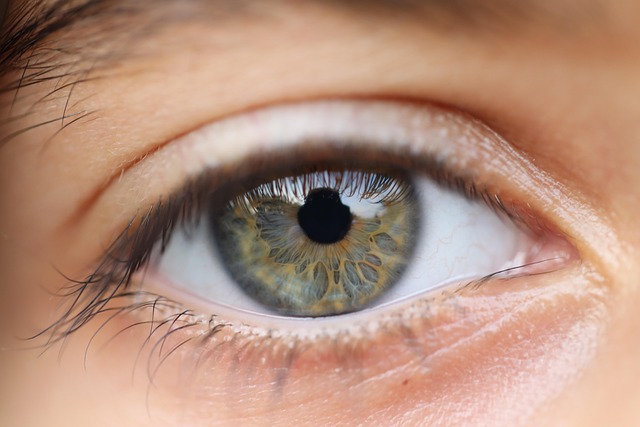Breaking the Sedentary Lifestyle: The Science of Movement for Health and Longevity
Did you know that prolonged sitting is as harmful as smoking? This surprising fact underscores the potential dangers of our increasingly sedentary lifestyles. This article jumps into the science of movement and its significant impact on health and longevity.

The Sedentary Dilemma
Historically, humans were always on the move. From hunting and gathering to farming and crafting, our ancestors were physically active for most of their lives. However, technological advancements, especially in the last century, have created a society where physical exertion is no longer a necessity. Research shows that sedentary behaviors, such as sitting for extended periods, increase the risk of various health conditions, including obesity, heart disease, and diabetes.
The Power of Movement
Regular physical activity is a critical component of a healthy lifestyle. It’s not just about burning calories or building muscles; movement can improve cardiovascular health, boost mental well-being, and even enhance cognitive function. Studies show that active people tend to live longer and enjoy a better quality of life. The World Health Organization recommends at least 150 minutes of moderate-intensity or 75 minutes of vigorous-intensity physical activity per week.
Overcoming Sedentary Lifestyle
Transitioning from a sedentary lifestyle to a more active one can be challenging, but the benefits outweigh the initial discomfort. A shift doesn’t mean you have to spend hours in the gym. Incorporating more movement into your daily routine can be as simple as taking regular stretch breaks, standing while working, or choosing stairs over elevators.
The Science Behind Movement
Physical activity triggers numerous beneficial physiological responses. Exercise stimulates the production of endorphins, the body’s natural mood-enhancers. It also improves insulin sensitivity, reducing the risk of type 2 diabetes. On a cellular level, regular movement helps maintain the length of telomeres, the protective caps on our DNA, contributing to longevity.
Fascinating Facts and Tips
-
Regular physical activity can slow the aging process at a cellular level.
-
Simply standing burns 50% more calories than sitting.
-
Even light-intensity physical activities, like household chores, can contribute to daily activity goals.
-
Physical activity doesn’t have to be continuous. Breaking it up into shorter bouts throughout the day is equally beneficial.
Conclusion
While our modern lifestyles often promote sedentariness, this doesn’t mean we are doomed to poor health. By understanding the science of movement and its profound health benefits, we can make conscious choices to incorporate more physical activity into our day-to-day lives. Whether through regular workouts, leisure activities, or simple actions like standing more, each step we take is a move towards better health and longevity.




